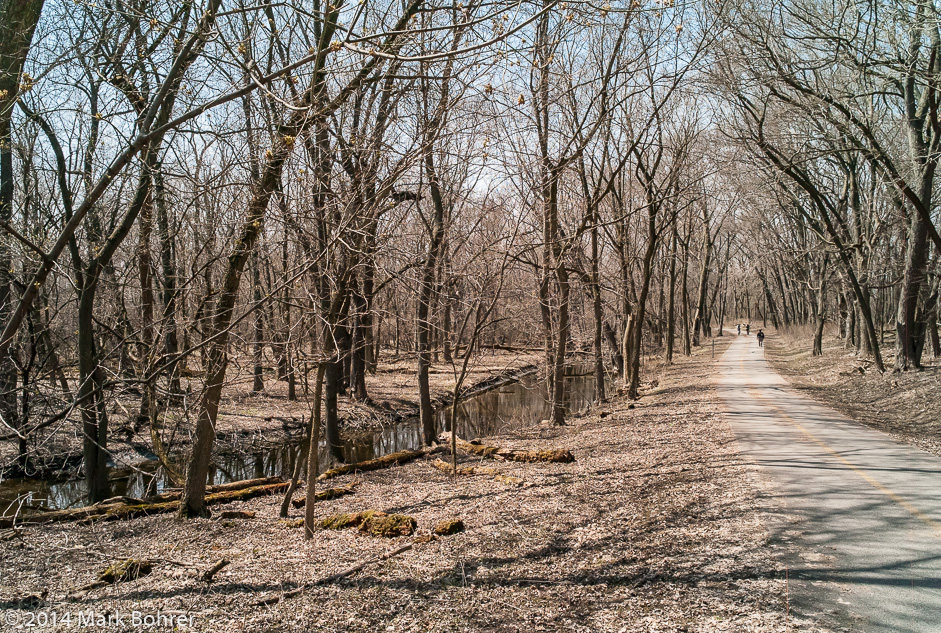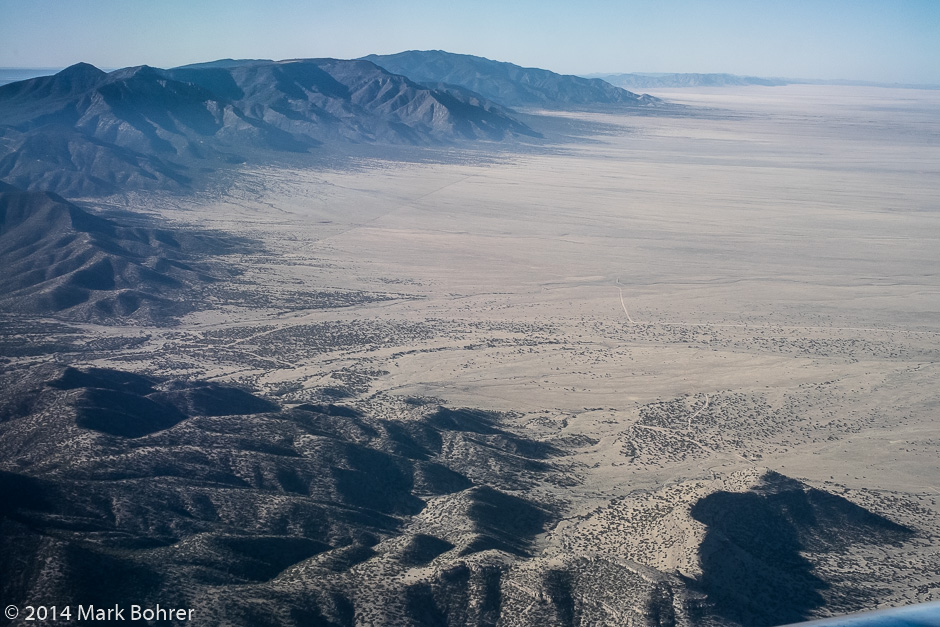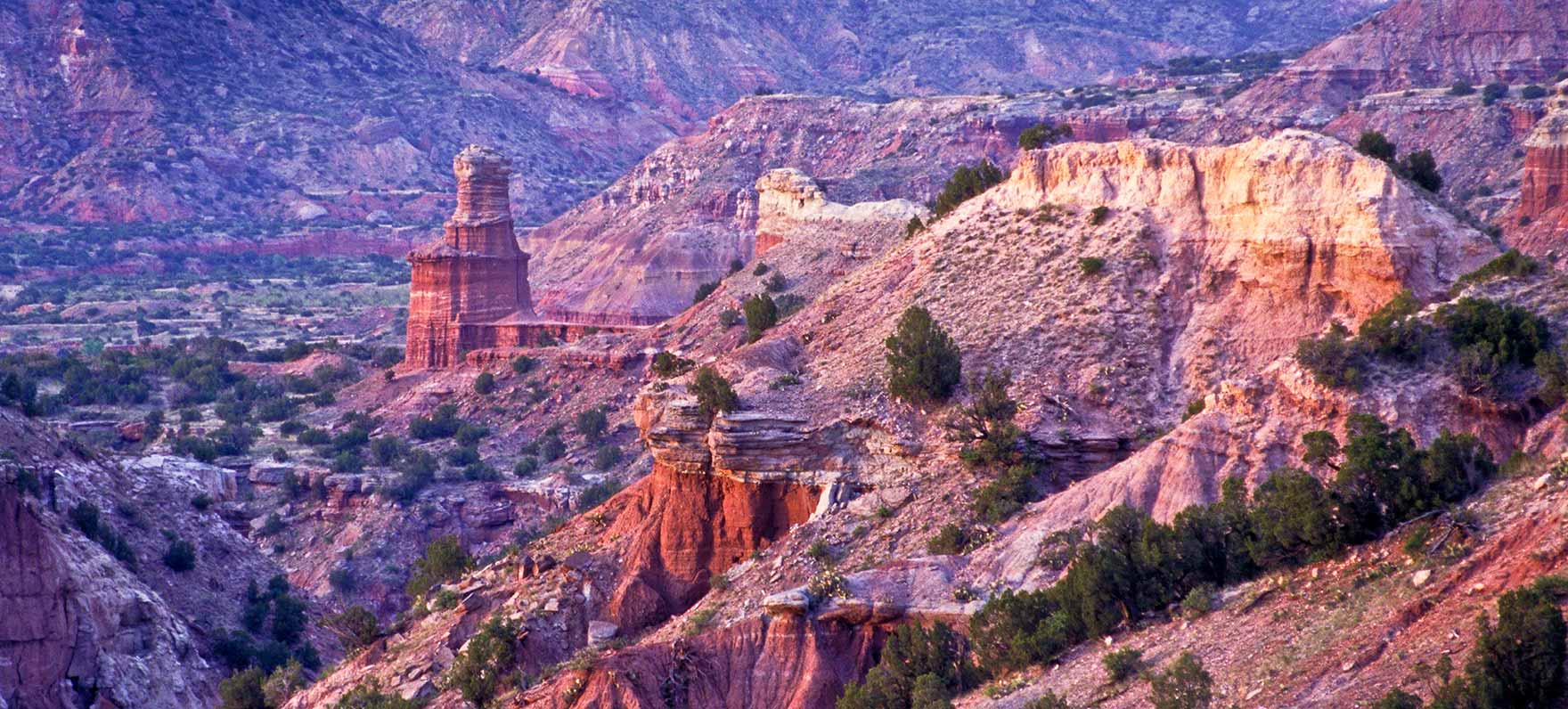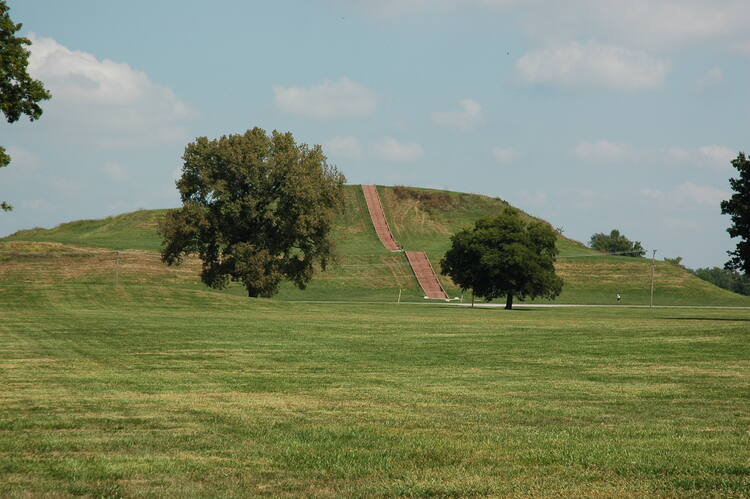|
This started as a trip to Jackson Hole – the Tetons, the National Elk Refuge, great food in Jackson. Then my mom fell. She was in a nursing home recovering for a month, then agreed to full-time live-in care, and went home again. She’s 97.  Skokie Lagoons, Northfield, Illinois – Most of the Chicago area looked like this before white men came. So we decided to drive our RV to Illinois instead to spend a week with Mom and my brother. It also turned out the National Restaurant Association (NRA – yeah, I know) has their annual show in Chicago’s McCormick Place while we’re in town. That’s an important event for my wife, who’s a food product developer. Getting there is a trip on Route 66.  Aerial view east of Albuquerque – a lot of eastern New Mexico looks like this Tucumcari or Consequences We’d planned to make our first stop in Tucumcari, New Mexico, about two hours east of Albuquerque on I40. But it turned out the main scenic attraction, Tucumcari Mountain, was on private land, inaccessible without advance permission.  The Lighthouse at Palo Duro Canyon – picture accessed from tpwd.texas.gov/state-parks/palo-duro-canyon/gallery/lighthouse-peak.jpg Palo Duro Canyon Then my wife had a brilliant brainstorm – leave a day early, drive to Santa Rosa, New Mexico the first afternoon, then head to Amarillo, Texas. Amarillo has Palo Duro Canyon State Park, the Grand Canyon of Texas. Its eroded walls have the same appearance as the Grand Canyon, though it’s just 800 feet deep. Looking online for a campsite, it appeared there were none left of any type – no tent sites, and no RV sites either. But a call to Texas State Park reservations snagged us a Friday night site. That lets me get up a little later for great morning light at the rim, since the campgrounds are right there. Oklahoma City, besides being oh so pretty, has the National Cowboy & Western Heritage Museum and the Oklahoma City National Memorial. And Elk City has the National Route 66 Museum. I didn’t find much in Springfield, Missouri – no outdoor or natural attractions after a couple days of museums – but I didn’t really expect to. As a kid canoeing the Current River with my scout troop, there hadn’t been much in Missouri outside St. Louis anyway. St. Louis Epiphany My ideas for things to see in St. Louis began and ended with going up in the Gateway Arch. After all, I’d walked all around Paris and never went up in the Eiffel Tower either, and wanted to actually go up in something this time. But a search for St. Louis attractions turned up Cahokia.  Cahokia Mounds – picture accessed from whc.unesco.org/en/list/198 Mississippian tribes built mounds and occupied the area between 800 and 1350 CE, with a peak population between 10,000-20,000 around 1100 CE. There were public buildings, smaller residences, a wooden palisade, and a Woodhenge structure for astronomical sightings. None of the wood structures remain today except as replicas, but the mounds and their buried archaeological resources remain. Then it’s on to my alma mater in Champaign-Urbana, Illinois. I haven’t visited the University of Illinois campus in over 30 years. Most of my professors are gone or emeritus, and the Engineering campus is brand new. But Garcia’s Pan Pizza By The Slice and Papa Del’s Pizza are still there, so there’ll be good things to eat at the very least. Who knows, I may also find a piano in a practice room in the Music Building to play. I used to do that a lot between engineering classes, preparing for weekend gigs around the Midwest with Horizon Brass Rock. Trip Notes I planned the entire trip with Google searches. These days, you can find all the info online, though it helps to have some of the history in your head first. Through research on the Chacoan Anasazi, I’d heard of the Mississippian culture at Cahokia as the other large-scale pre-historic American civilization. Both Chaco and Cahokia grew around sedentary farming cultures, a prerequisite for semi-permanent settlement. Palo Duro Canyon was an unexpected surprise. I hadn’t realized there was anything besides the Cadillac Ranch and other kitschy attractions in Amarillo. The AllTrails app gives hikers’ impressions of the trails, but the excellent web site also has a trail map. More Info Palo Duro Canyon State Park, accessed from http://tpwd.texas.gov/state-parks/palo-duro-canyon Palo Duro Canyon State Park Trails Map, accessed from http://tpwd.texas.gov/publications/pwdpubs/media/park_maps/pwd_mp_p4506_0007p.pdf Cahokia Mounds State Historic Site, accessed from http://cahokiamounds.org/ Cahokia, accessed from https://en.wikipedia.org/wiki/Cahokia Cahokia Mounds State Historic Site, accessed from http://whc.unesco.org/en/list/198 Visitors Guide to the Woodhenge, accessed from http://www.greatriverroad.com/somadco/collins/woodhenge.htm |
(408) 483-3782
Curious about how to shoot ruins?(408) 483-3782

Recent Comments